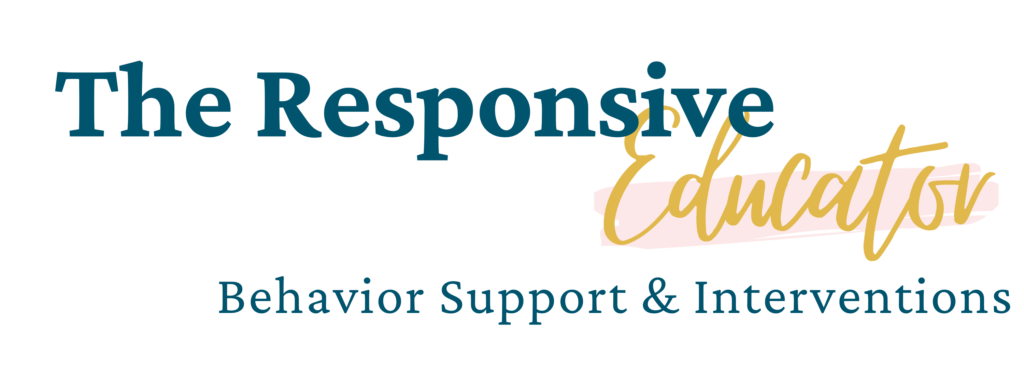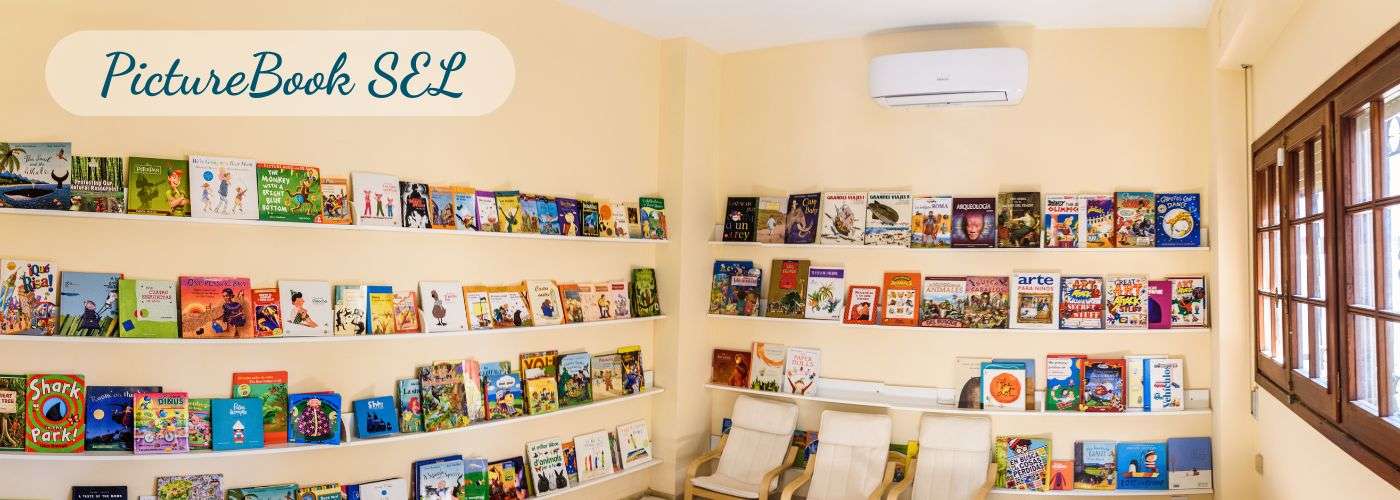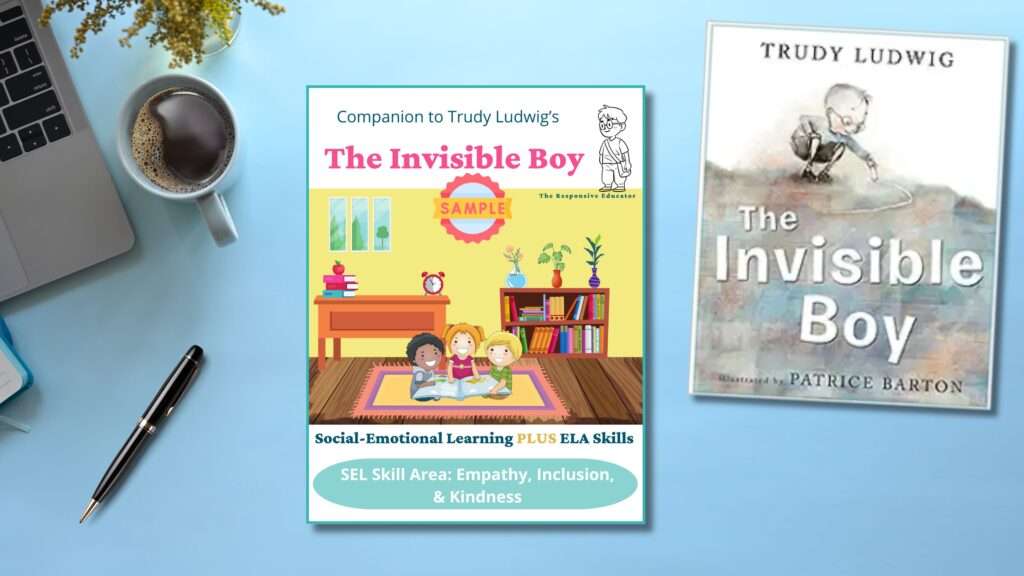


Helping children develop a positive outlook isn’t just about encouraging smiles—it’s about teaching them how to manage frustration, bounce back from disappointment, and find the good even when things don’t go their way. Whether it’s a forgotten homework assignment, a canceled playdate, or a big change like moving to a new city, kids face daily moments that test their mindset.
That’s where the right read-aloud can make all the difference. These positive attitude books go beyond surface-level cheerfulness to show children how to reframe challenges, shift their thinking, and build emotional resilience. Each story introduces kids to practical strategies for turning negative thoughts around, and several include tips for teachers and caregivers to support these skills at home or in the classroom.
If you’re looking for engaging picture books that open the door to conversations about self-talk, optimism, and emotional growth, these titles are a great place to start.
For some of the books on this website, I have created interactive read-alouds to enrich their use in the classroom. These interactive read-alouds include discussion questions, activities, and prompts that engage students and deepen their understanding of the book’s themes. More interactive read-alouds are on the way. If there are specific books for which you would like to see a read-aloud created, please contact me using the form at the bottom of the page.
To learn more about supporting social-emotional learning and using interactive read-alouds in the classroom, check out these posts:
(As an Amazon affiliate, I earn a small commission if you purchase products through the links on my posts. Thank you for your support!)
Summary: Noodle, also known as Norman David Edwards, is having one of those weeks where everything stinks—homework, family photos, even just getting up in the morning. His “baditude” is affecting everyone around him, and even his friends are starting to keep their distance. With the help of his mom and teacher, Noodle begins to see how his negative thinking is making his days worse, not better. As he learns to shift his thoughts from “have to” to “get to,” he discovers how changing his outlook can actually change his day.
Description: Baditude! is part of Julia Cook’s Responsible Me series and directly addresses negative self-talk and persistent pessimism—two common hurdles for kids struggling to build a positive mindset. This story helps children recognize how their attitude influences both their mood and their relationships. Through humorous narration and relatable struggles, the book encourages kids to reframe their complaints and focus on gratitude instead. It’s a helpful resource for classroom discussions or one-on-one support, especially for children who frequently say “this stinks” about daily tasks. The back of the book includes parent and educator tips for extending the learning beyond the story.
Reviews and Considerations: Educators and parents consistently praise this book for its relatability and practical impact. Many have found it especially helpful for children with ADHD or those who tend to spiral into negative thinking. Teachers appreciate the clear message and the language students can repeat and internalize (“turn that baditude into gratitude!”). While a few reviewers noted concern about the book’s humorous ending (“I have to sit next to a girl!”), most agreed that the overall message lands well and prompts meaningful conversations. It’s a strong choice for grades 1–4 and works well as a class read-aloud or part of a behavior support toolkit.

Summary: In Be Positive!, young readers are guided through a day filled with ups, downs, and everything in between—all while learning how to maintain a hopeful and optimistic outlook. From waking up with a smile to managing disappointments like bad weather or tough tasks, this book encourages children to make positive choices in how they think, act, and relate to others. Each page models simple ways kids can shape their mindset, overcome small setbacks, and spread kindness to those around them.
Description: This teaching book from the Being the Best Me! series is a gentle, straightforward introduction to the concept of optimism. It’s designed for preschool and early elementary students, with clear language and relatable scenarios like going to the dentist or helping at home. The book frames positivity as a choice and emphasizes how small actions can shape a child’s day—and the people around them. Ideal for use in SEL lessons, morning meetings, or as part of a character education unit, it also includes a teacher/parent guide with discussion questions and extension activities. If you’re introducing social-emotional concepts to younger students, this series is an excellent starting point.
Reviews and Considerations: Parents, teachers, and therapists appreciate the book’s clarity, warmth, and developmentally appropriate examples. Many use it in early childhood settings to introduce optimism and gratitude in a way kids can grasp. The colorful illustrations and simple sentences make it accessible even for preschoolers, while the built-in adult support section adds depth for older students. A few reviewers noted that the timeline of the book can feel disjointed, but the overall message is strong and applicable to everyday life. It’s especially useful for children who need help developing a positive mindset in familiar routines.

Summary: In The Energy Bus for Kids, George is having a rough day—until he meets Joy, a magical bus driver who teaches him five essential rules for living with positivity and purpose. Through his ride on the Energy Bus, George learns how to fuel his life with positive energy, believe in himself, and face challenges with confidence. This adaptation of Jon Gordon’s bestselling fable delivers an empowering message that resonates with kids, helping them realize they have the power to shape their own attitude and outcomes.
Description: This picture book version of The Energy Bus introduces children to the power of a positive mindset through engaging storytelling and colorful illustrations. The five key rules presented throughout the book serve as a framework for kids to build self-motivation, kindness, and resilience. While rooted in the principles of positive thinking, the book also provides practical social-emotional lessons—like how to deal with bullies, support others, and take responsibility for their own actions. Many educators use it during the first weeks of school or as part of their classroom community-building practices.
Reviews and Considerations: Teachers, parents, and school counselors consistently praise The Energy Bus for Kids for its uplifting tone and meaningful life lessons. Reviewers often mention using it at the start of the school year to set a positive tone, or breaking it into mini-lessons to reinforce each of the five rules over time. Readers appreciate that the book empowers children to “drive their own bus,” helping them take control of their mindset and reactions. Some note the text is slightly long for younger readers, but most agree that the content is accessible and impactful when paced out. This book is especially effective for classroom read-alouds, SEL instruction, and building positive classroom culture.

Summary: Cornelius Washington wasn’t just a garbage man in New Orleans—he was a joyful, high-stepping, spirit-lifting part of the city’s soul. With music in his movements and pride in his work, Cornelius brought happiness to the streets he swept. But when Hurricane Katrina devastated the city, the joyful rhythm of New Orleans was nearly drowned. In this modern-day tall tale, Cornelius becomes a symbol of resilience as his positivity and determination inspire others to clean up, rebuild, and carry on together.
Description: Marvelous Cornelius celebrates optimism, pride in one’s work, and the power of one person to uplift an entire community—even in the wake of disaster. Through a lyrical narrative and mural-like illustrations, this story honors a real individual while presenting him as a folk hero whose “can-do” spirit shines through hardship. It offers a more advanced look at positive attitude—not just about daily routines, but about perseverance during profound challenges. This book is especially impactful for teaching upper elementary students about attitude, service, and hope. It also gently introduces children to Hurricane Katrina in an age-appropriate way, making it a great cross-curricular option for SEL and social studies.
Reviews and Considerations: Educators, librarians, and parents consistently describe this book as inspirational, heartwarming, and visually stunning. It’s widely praised for its ability to spark conversations about community pride, dignity in all types of work, and responding to hardship with courage and positivity. Many readers highlight how it celebrates everyday heroes, making it a powerful SEL read-aloud. While younger children love the musical language and energy of Cornelius’s character, older students can also connect with the deeper message of resilience and leadership. This is a standout title for modeling what it looks like to stay hopeful and spread that hope to others.

Summary: Lucas is a young boy facing a big life change—moving to a new city. With unfamiliar surroundings and tough emotions, he struggles to stay upbeat. But with guidance from his encouraging mother, Lucas learns to let go of his fears, reframe his thoughts, and face the unknown with confidence. Through rhyming text and supportive strategies, this story helps children understand that positivity can be a superpower in tough times.
Description: This book is part of the My Superpower series and uses a fictional storyline to teach real-world emotional tools. Lucas’s story introduces children to the idea that while negative feelings are normal, they don’t have to control us. Strategies like “blowing negativity away” through visual imagery help make emotional regulation feel concrete and empowering. The colorful illustrations and rhyme make it engaging for kids, while parents and teachers will appreciate the book’s gentle approach to self-talk, mindset, and resilience. It’s especially helpful for children facing transitions like a move or school change.
Reviews and Considerations: Readers love the balance of emotional honesty and empowerment in this story. Educators praise the book’s coping strategies and the ease of incorporating them into classroom discussions or morning meetings. Parents say the storyline resonates with kids who are sensitive or anxious about change, and the rhyming text makes it easy to reread often. While a few note it’s more of a teaching book than a narrative-driven story, most agree it’s a great resource for building emotional awareness and promoting a positive mindset in early elementary-aged children.

Summary: What happens when your pet dragon throws a fit over everything from brushing his teeth to broken TV time? In this playful, rhyming story, a young boy helps his dragon recognize that constant complaining and negative thinking aren’t getting him anywhere. With patience, guidance, and some practical advice, he teaches his dragon how to shift his mindset and start seeing the good—even when things don’t go his way.
Description: Part of the My Dragon Books series, this teaching book uses a fun and exaggerated scenario to make emotional learning more accessible for young kids. It models how to acknowledge frustration without letting it take over, and how to turn a pessimistic outlook into a more flexible and positive one. The story’s silly charm makes it ideal for reluctant readers or students who respond well to humor. It’s especially useful for children with big emotions who need repeated exposure to problem-solving strategies. With its simple, direct lessons and consistent tone, this book makes a great SEL read-aloud in early elementary classrooms.
Reviews and Considerations: Parents and teachers appreciate this book’s engaging format and clear message about attitude adjustment. Many use it with children ages 4–8 to introduce the idea that our outlook affects how we experience the world—and those around us. Readers also note that the entire dragon series helps children connect feelings with actions in a lighthearted, memorable way. Some reviewers mention that the long list of negative complaints at the beginning could use more balance, but overall, the message lands effectively. It’s a particularly strong fit for younger students or children who benefit from repetition and visual storytelling.

Summary: Noelle is excited to surprise her mom with a homemade birthday cake. With her dad’s help, she gathers ingredients and sets to work—but not everything goes as planned. When a baking mishap throws things off course, Noelle feels frustrated and discouraged. With patience and encouragement, her dad helps her shift her mindset, showing her that mistakes don’t mean the end of the celebration. Noelle learns that staying positive can lead to sweet solutions and second chances.
Description: This relatable picture book captures a familiar childhood experience—taking on a big task and hitting unexpected bumps along the way. Noelle Bakes a Cake gently teaches children about resilience, problem-solving, and the power of a positive attitude. The story is simple and realistic, with warm, expressive illustrations that help young readers connect with Noelle’s emotions. Ideal for teaching growth mindset and emotional regulation, this book also celebrates family, creativity, and learning from mistakes.
Reviews and Considerations: Parents and educators consistently praise this story for its realistic approach to emotional growth and its joyful message. Reviewers love that it models how to recover from frustration and keep going, making it a valuable read for young children learning to manage their feelings. Teachers note that it works well for sequencing activities and lessons on perseverance. Some reviewers mention the story may be slightly long for toddlers, but most agree it’s a charming, encouraging book that inspires kindness, resilience, and family connection.



Sign up now to receive a free sample of “The Invisible Boy” Interactive Read-Aloud Lesson Plan! This comprehensive resource includes engaging activities designed to help your students develop empathy and inclusion.
By signing up, you will also join our newsletter, where you’ll receive:
Join our community of educators dedicated to fostering social-emotional growth in the classroom!

( ) = Coming Soon
(Body Safety & Personal Boundaries)
(Bravery & Trying New Things)
(Conflict Resolution)
(Compromise / Cooperating)
(Coping with Change)
(Creativity & Imagination)
(Dreams & Aspirations)
(Dyslexia)
Feelings & Emotional Awareness
(Kindness & Generosity)
(Managing Physical Actions)
(Mindfulness)
(Organization & Planning)
(Peer Influence)
(Perseverance)
(Physical/Medical Disabilities)
(Positive Attitude)
(Sensory Processing)
(Separation Anxiety)
(Sharing)
(Speaking Politely)
(Teasing & Bullying)
(Technology)
(Trauma Recovery)
(Winning & Losing)